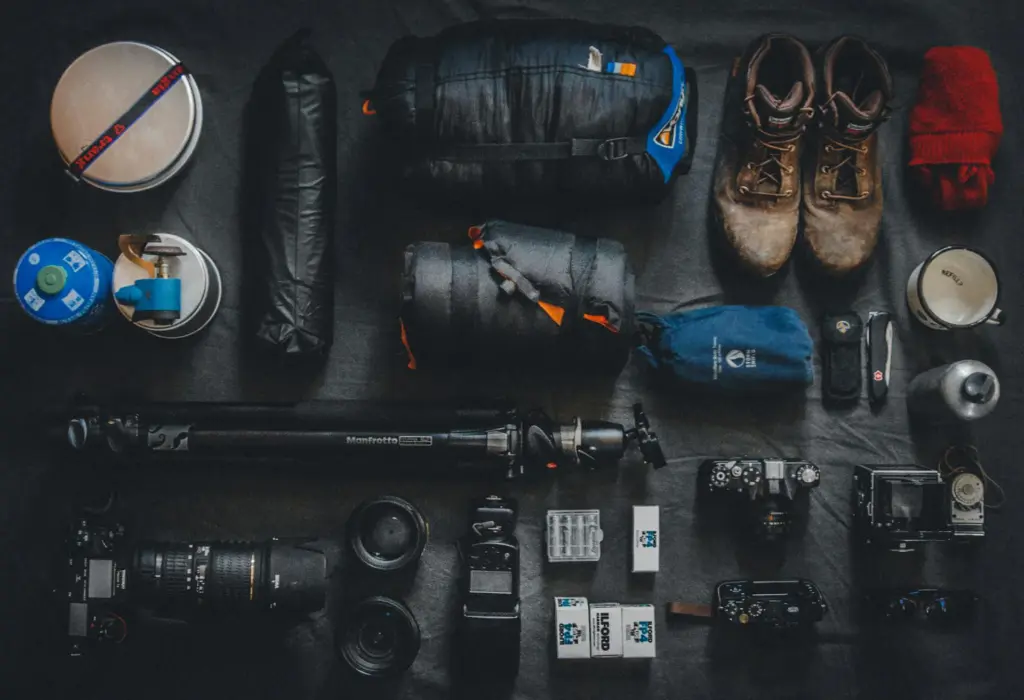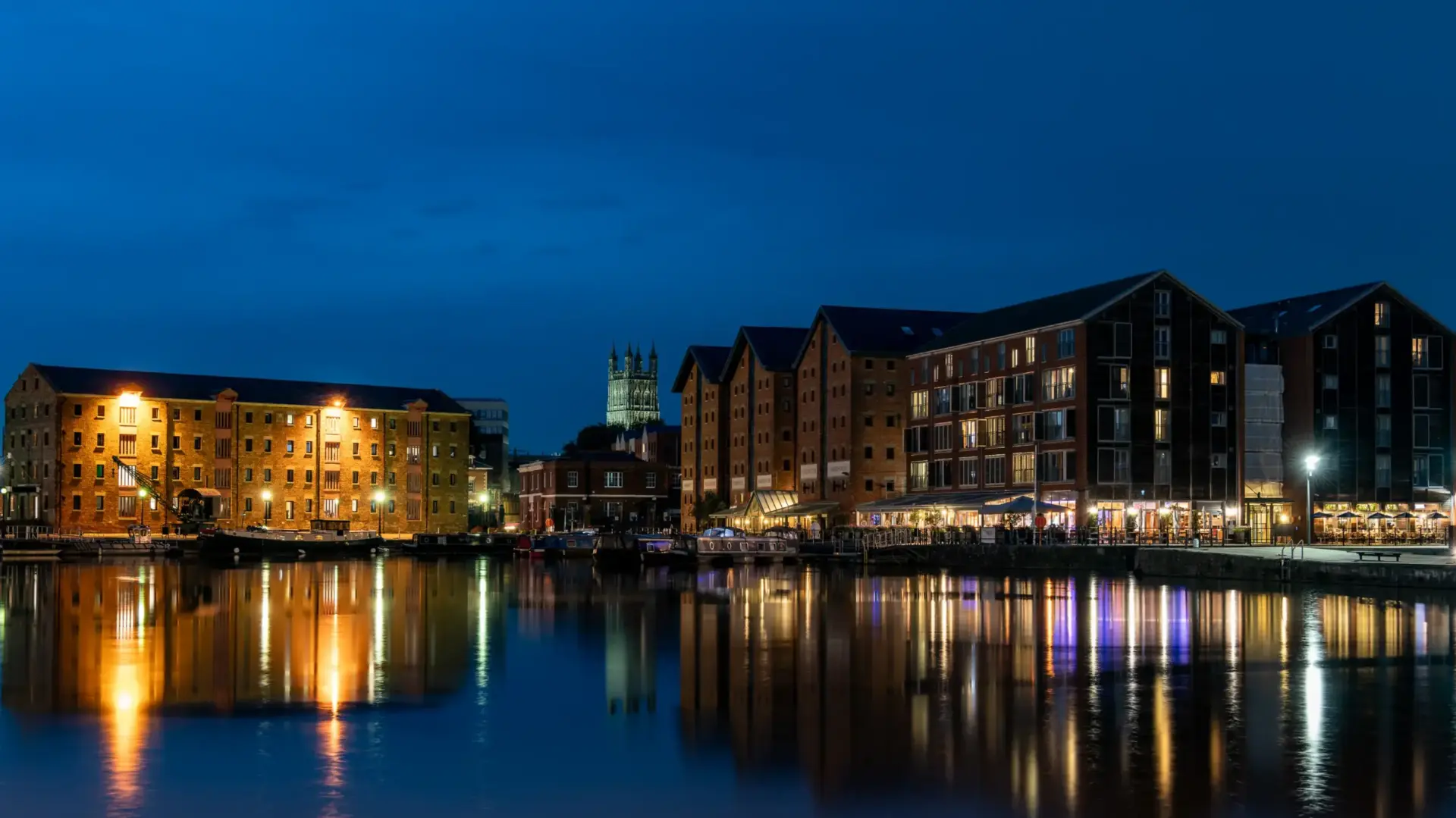
Photography is both an art and a science, where creativity meets technical skill. Whether you’re just starting out or you’re a seasoned professional, understanding key photographic terms is essential to mastering your craft. Knowing the language of photography not only empowers you to make informed decisions while shooting but also deepens your ability to bring your artistic vision to life. From foundational concepts like ISO and aperture to advanced tools like polarizing filters and dynamic range, every term unlocks a new level of creative potential. This glossary is designed to guide photographers at every stage, providing the knowledge needed to enhance technique, spark inspiration, and elevate your images to the next level.
A-E
Aperture refers to the opening in a lens that controls how much light enters the camera. It’s measured in f-stops (e.g., f/1.8, f/22). Lower f-stops correspond to larger openings, which allow more light in and create a shallow depth of field, great for portraits. Higher f-stops create greater depth of field, keeping more of the photo in focus.
Bokeh describes the aesthetic quality of out-of-focus areas in a photograph, particularly the way lights and objects blur in the background. It is influenced by the lens’s aperture shape and size. Lenses with wide apertures (e.g., f/1.4 or f/2.8) typically produce smoother, creamier bokeh.
Depth of field is the range of an image that appears sharp and in focus. A shallow depth of field (narrow focus area) isolates the subject by blurring the background, while a deep depth of field (wide focus area) captures more detail across the entire scene. Aperture, focal length, and distance to the subject are key factors affecting it.
This refers to the range of brightness levels a camera sensor or film can capture, from the darkest shadows to the brightest highlights. Cameras with a high dynamic range can capture more detail in scenes with high contrast, like a bright sky and a shadowy foreground.
Exposure is the amount of light that reaches the camera sensor or film during a shot. It’s influenced by three key settings: ISO, aperture, and shutter speed. Proper exposure ensures the image isn’t too dark (underexposed) or too bright (overexposed).
The exposure triangle involves three interrelated settings that control exposure: ISO, aperture, and shutter speed. Adjusting one requires compensating with another to maintain the right exposure. Mastering this concept is fundamental for controlling light and creative effects in photography.
F-I
An f-stop is a unit used to measure a lens’s aperture size. It’s expressed as “f/number,” such as f/2.8 or f/11. Smaller f-stop numbers mean a larger opening that lets in more light, creating shallow depth of field. Higher numbers mean smaller openings and greater depth of field.
Focal length, measured in millimeters (e.g., 50mm, 200mm), determines a lens’s field of view and magnification. Wide-angle lenses (e.g., 24mm) capture more of the scene and are ideal for landscapes, while telephoto lenses (e.g., 200mm) zoom in closer, perfect for wildlife and sports.
A histogram is a graph that displays the tonal range of an image, from shadows (left) to highlights (right) with midtones in between. It helps photographers evaluate exposure and adjust settings accordingly to avoid blown-out highlights or clipped shadows.
ISO measures the camera sensor’s sensitivity to light. Lower ISO values (e.g., 100) produce clean images with minimal noise, but they require brighter settings. Higher ISO values (e.g., 3200) increase sensitivity, useful in low-light situations but may introduce grain or digital noise.
J-P
Long exposure is a photographic technique where the camera’s shutter remains open for an extended period, allowing more light to hit the sensor or film. This technique is used to capture motion over time, creating striking effects that are not visible to the naked eye.
The process involves using a slow shutter speed (e.g., several seconds to minutes) while stabilizing the camera on a tripod to prevent unintended blur. By doing so, stationary elements in the scene remain sharp, while moving objects, like cars or clouds, create smooth, streaked patterns.
This camera mode gives the photographer full control over exposure settings (aperture, shutter speed, and ISO), rather than relying on the camera’s automatic adjustments. It’s ideal for creative control and professional use.
This camera mode gives the photographer full control over exposure settings (aperture, shutter speed, and ISO), rather than relying on the camera’s automatic adjustments. It’s ideal for creative control and professional use.
Noise refers to the graininess or speckled appearance in an image, often caused by high ISO settings or long exposures. While some noise can be reduced in post-processing, excessively noisy images may lose fine details.
This filter reduces reflections from non-metallic surfaces (like water or glass) and enhances colors, making skies appear deeper blue and foliage more vibrant. It can be rotated to control the level of polarization desired.
RAW files are uncompressed image files that preserve all the data captured by a camera sensor. Unlike JPEGs, which are compressed, RAW files allow greater flexibility in post-processing, such as adjusting exposure, white balance, and colors without losing quality.
Resolution describes the amount of detail an image holds, measured in megapixels (MP). A higher resolution means more pixels and finer detail, which is particularly important when printing large images or cropping.
Shutter speed defines how long the camera’s shutter remains open during exposure. It’s measured in seconds or fractions of a second (e.g., 1/1000, 1”). Faster speeds freeze motion, while slower speeds create blur to depict movement.
Spot Metering Mode is a camera setting that measures light in a small, specific area of the frame, typically focusing on the subject or a point of interest. Unlike other metering modes that consider the entire scene, this mode evaluates only a small percentage (often 1-5%) of the viewfinder, allowing for precise exposure adjustments. It is particularly useful in situations with challenging lighting conditions, such as backlit subjects or high-contrast scenes, where the subject might be significantly brighter or darker than the background. By prioritizing the exposure of the targeted area, Spot Metering Mode enables photographers to achieve greater control and ensure that critical elements, like a person’s face or a bright highlight, are properly exposed.
A tripod is a three-legged support device designed to stabilize a camera, ensuring sharp and steady images. It is an essential tool for photographers, particularly in scenarios requiring extended stability, like long exposure shots, time-lapse sequences, or low-light conditions where slower shutter speeds are needed. By eliminating camera shake, tripods enable precise framing and enhance image quality, especially for landscape, macro, and astrophotography. Many tripods feature adjustable legs and heads for versatile positioning, making them invaluable for achieving creative angles and professional results.
Q-Z
TTL metering measures light using sensors within the camera to calculate optimal exposure settings. It provides accurate readings based on the current scene and is commonly used in automatic or semi-automatic camera modes.
White balance adjusts the color temperature of an image to ensure whites appear neutral, compensating for different light sources (e.g., daylight, tungsten, or fluorescent). Proper white balance prevents a yellow, blue, or green color cast.
A zoom lens offers a range of focal lengths (e.g., 24-70mm) that allows photographers to capture wide-angle and telephoto shots without switching lenses. These lenses are versatile but may compromise image quality compared to prime (fixed focal length) lenses.
This glossary serves as a go-to resource for photographers of any level to understand and master essential and advanced concepts in photography. Always continue exploring new techniques and tools to elevate your craft!

